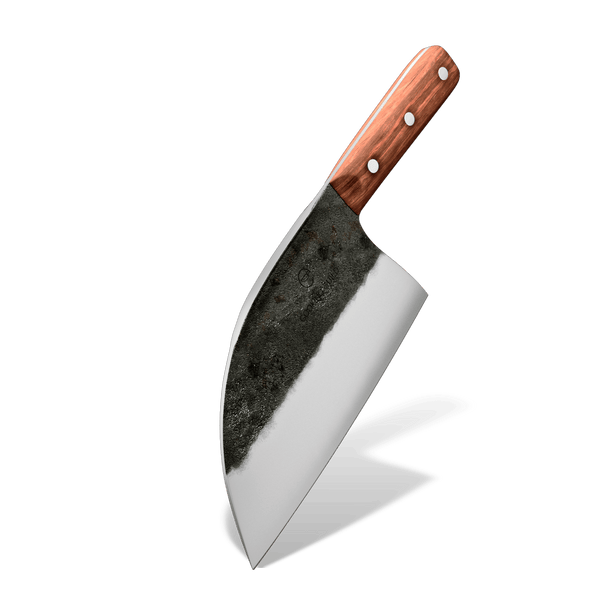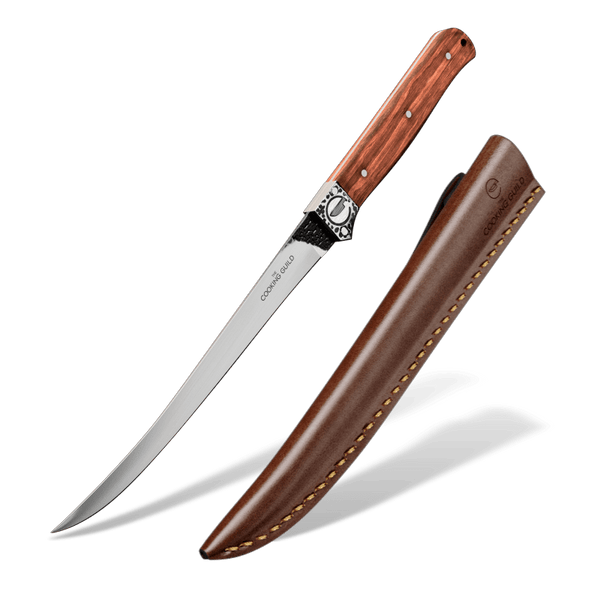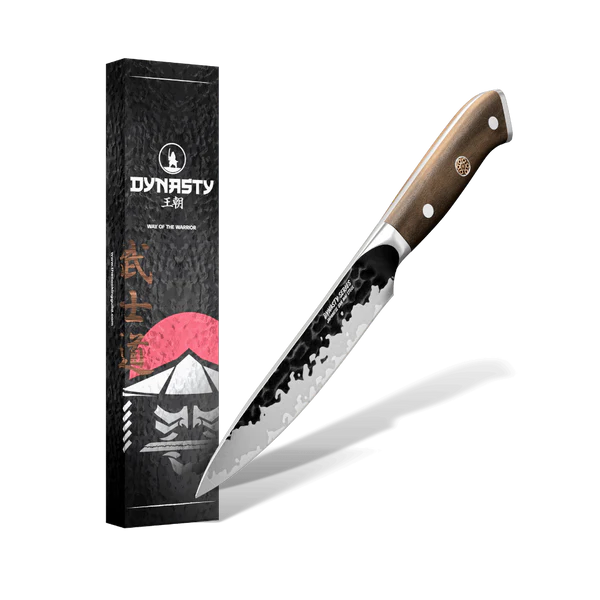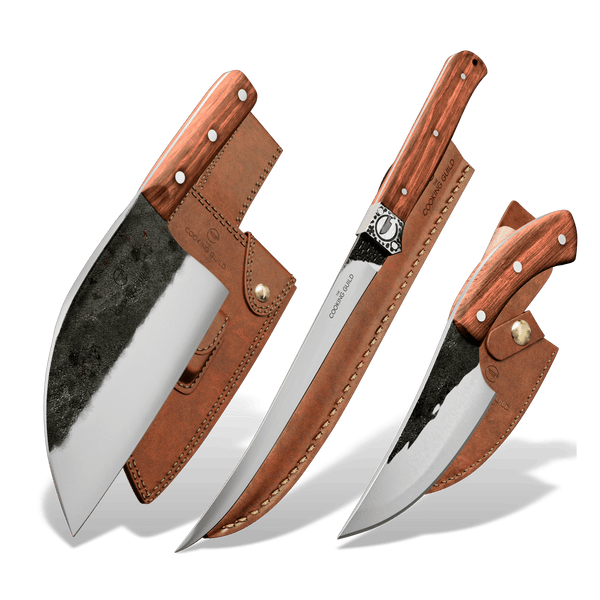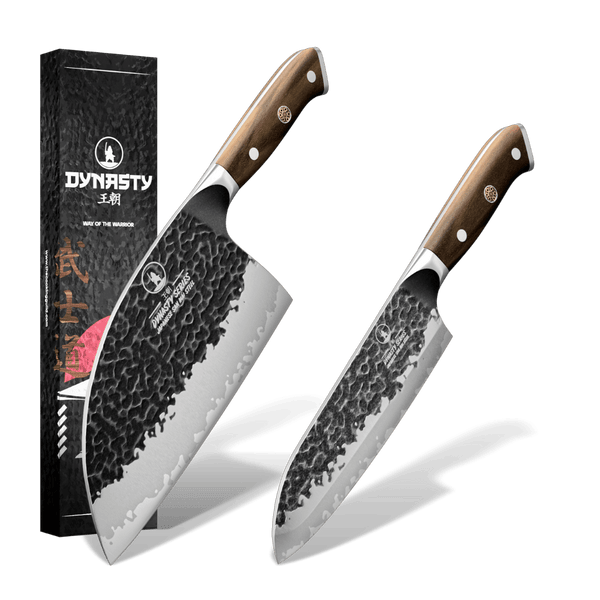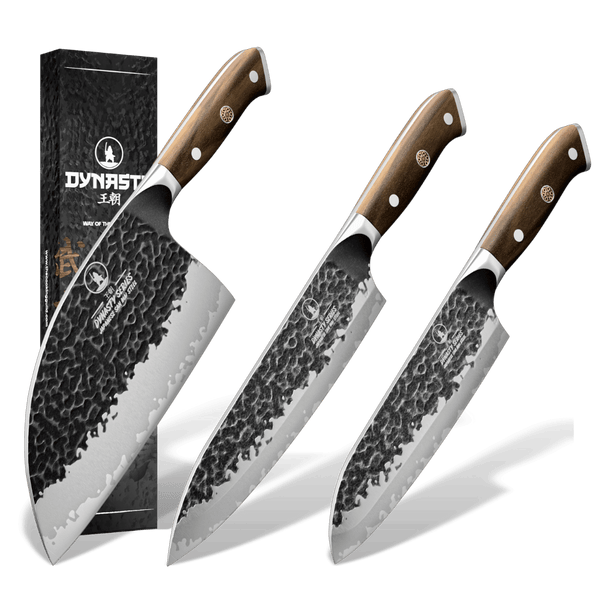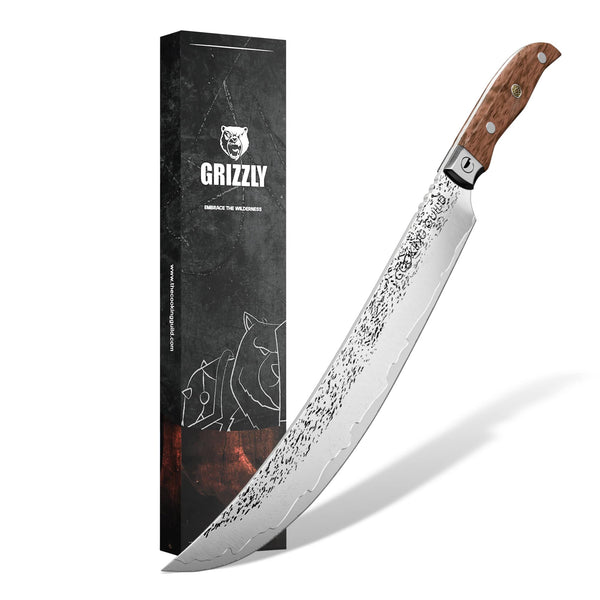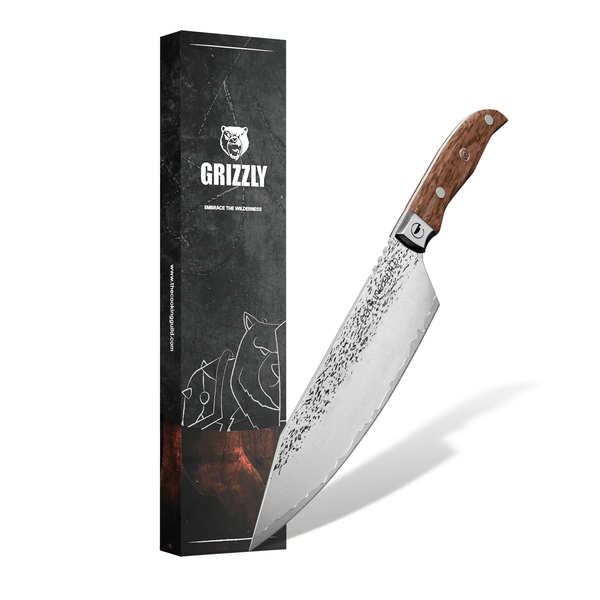A knife is more than just a simple cutting tool. It's a sophisticated instrument with various components that contribute to its performance and functionality. In this blog post, we'll explore the anatomy of a knife, breaking down the different parts and terminology to help you better understand these essential kitchen tools.
Blade

The blade is the most critical part of the knife, responsible for cutting, slicing, and chopping. There are several aspects of the blade to consider:
- Edge: The sharpened part of the blade that does the actual cutting.
- Spine: The unsharpened, thicker top part of the blade that provides stability and strength.
- Point: The very tip of the blade, used for piercing and precision tasks.
- Heel: The rear part of the blade, near the handle, often used for more forceful cutting tasks.
- Tang: The portion of the blade that extends into the handle, providing balance and stability.
Handle

The handle is the part of the knife that you hold while using it. It's essential for comfort, control, and safety. Several elements make up the handle:
- Bolster: A thick band of metal located between the blade and the handle that adds weight, balance, and strength to the knife. It also acts as a finger guard for added safety.
- Scales: The two pieces of material (wood, plastic, or metal) on either side of the tang that form the handle's gripping surface.
- Rivets: Metal pins that secure the scales to the tang, ensuring a sturdy and durable handle.
- Butt: The end of the handle, opposite the blade.
Grind

The grind refers to the shape of the blade's cross-section, which affects its cutting performance and characteristics. Some common grinds include:
- Flat grind: The blade tapers evenly from the spine to the edge, providing a sharp cutting edge suitable for slicing and chopping</li>
- Hollow grind: The blade is ground with a concave shape from the spine to the edge, creating a very sharp but delicate edge ideal for precise tasks.
- Convex grind: The blade has a convex shape from the spine to the edge, providing a durable edge suitable for heavy-duty tasks.
Knife Terminology

In addition to the various parts of a knife, there are specific terms used to describe different types and characteristics of knives:
- Full Tang: A knife with a tang that extends the entire length of the handle, providing optimal balance and durability.
- Partial Tang: A knife with a tang that only extends partway into the handle, resulting in a lighter weight but potentially less durable construction.
- Grind: The shape of the blade's cross-section, which determines the knife's cutting performance and edge retention. Common grinds include flat, hollow, and convex.
- Bevel: The angle at which the blade is sharpened, affecting the knife's sharpness and cutting ability. A smaller bevel angle results in a sharper edge, while a larger angle offers greater durability.
Appreciating the Complexity of Your Kitchen Knives
By understanding the anatomy of a knife and the various parts and terminology, you can better appreciate the craftsmanship and design that goes into creating these essential kitchen tools. This knowledge can also help you make more informed decisions when selecting knives for your collection and caring for them to ensure optimal performance and longevity.
